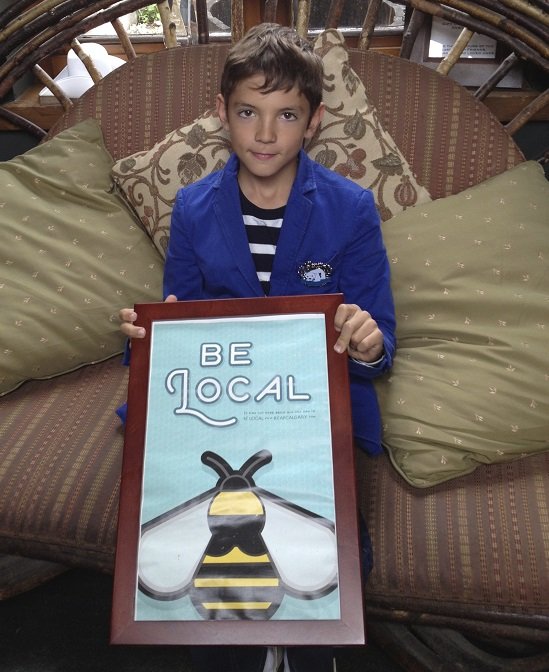In September 2012, the IUCN released a list of the 100 most threatened species. Many of these species live outside North America but a lot of what’s threatening them hits close to home.
72 of the 100 most threatened species are threatened by habitat loss, a threat pretty familiar to us here at Earth Rangers. Many of the animals we help protect through our Bring Back the Wild program are threatened by habitat loss. When species lose their homes, they have nowhere left to go and if they can’t adapt, they die out.
While habitat loss is probably the biggest threat, it isn’t the only one. In this article, we take a look at some of the other big issues facing the 100 most threatened species.

Sure, you might think a tiger or monkey would make an awesome pet, but did you know that by owning one, you are doing them more harm than good? That’s because in order to get to you, they are uprooted from their homes and sent to a habitat they haven’t adapted to. Plus, most people aren’t equipped to take care of exotic pets properly and the animal suffers as a result. The illegal trade of exotic animals has caused the destruction of many ecosystems and severely damaged local species populations.
http://www.conservation.org/learn/biodiversity/species/wildlife_trade/Pages/wildlife_trade.aspx
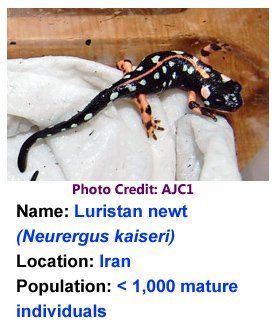
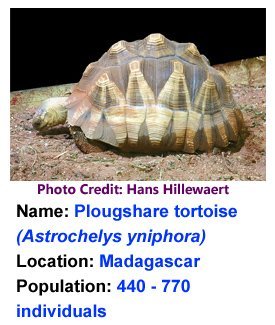

If you have an animal you can’t take care of, what do you do? Do you release it into the wild because you think it will be better off? If so, you may have just added an invasive species into the ecosystem. An invasive species is any organism that isn’t native to the area and will cause it harm, whether that is from across the ocean or across town. Invasive species have no natural predators so their population expands quickly, using up resources and leaving the native organisms without food or homes. Invasive species are a serious threat to about 42% of threatened or endangered species in the USA.
http://www.nwf.org/Wildlife/Threats-to-Wildlife/Invasive-Species.aspx
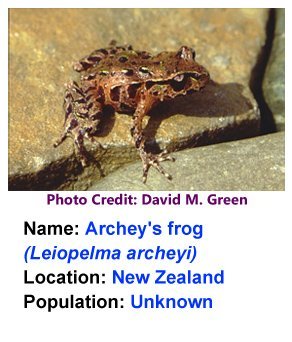
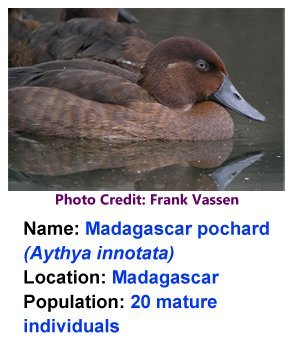

Disease is quite common in ecosystems and usually doesn’t cause too much of a problem. That’s because species in a healthy ecosystem are more likely to develop a resistance to natural viruses. Unfortunately, as invasive species populations grow, the diseases they bring along with them start affecting native species. These new diseases, to which many species haven’t developed immunity, can quickly decimate ecosystems.
http://www.nwf.org/Wildlife/Threats-to-Wildlife/Disease.aspx
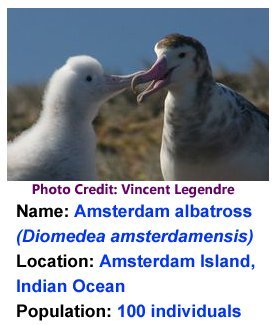
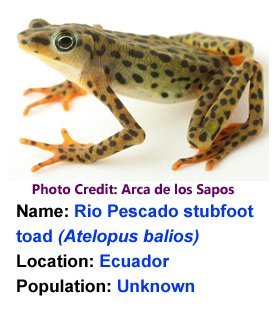

Hunting is a tricky issue. There are some people who need to hunt in order to survive and sometimes hunting can help keep a species’ population to a healthy size. Problems arise when hunting is done not out of necessity, but for profit or enjoyment. Animals are hunted for their fur, sport, meat and many other body parts. The demand for ivory has caused elephant populations to plummet, and the harvesting of fins for shark fin soup is a serious threat to sharks. Unregulated hunting is now a leading cause in the decline of species populations in biodiversity-rich countries.
http://www.nwf.org/Wildlife/Threats-to-Wildlife/Overexploitation.aspx
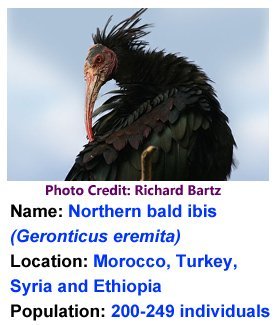
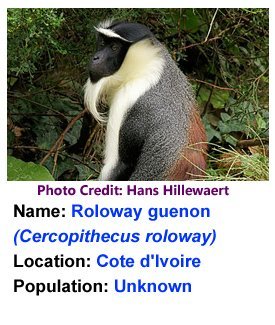

Traditional medicine has been used for generations and offers an alternative to modern medicine. This mainly plant-based approach is used by about 80% of the population in some Asian and African countries. As demand for traditional medicine continues to grow, it is putting more pressure on the plant and animal populations needed for ingredients. When the collection of these ingredients is not managed properly, it can lead to overharvesting and to species becoming endangered. Thankfully, there are programs in place to help reduce the impact that promote sustainable ingredients for use in traditional medicines.
http://www.animalsasia.org/index.php?UID=8KIOGCB54FQ
http://www.who.int/mediacentre/factsheets/fs134/en/index.html
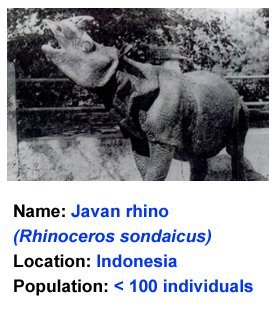
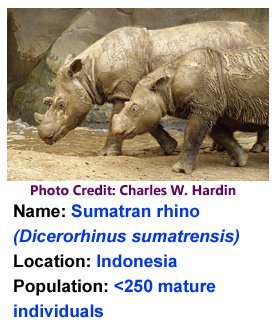

Did you know that about 1 in 5 people depend on fish as their main source of protein? That’s a lot of fish being taken out of our waters. If this was done in a sustainable way, the impact wouldn’t be so dramatic. Unfortunately, overfishing is a real problem. This is when fish are caught at a rate faster than they can reproduce and it affects about ¾ of the world’s fish stocks. Bycatch is also a big problem. Bycatch is when unwanted marine life get caught in the nets and can include endangered fish, whales, dolphins, sea turtles, and even birds.
http://saveourseas.com/threats/overfishing

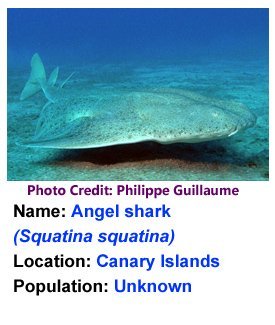

Much of the food we eat comes from farms, making them a really important part of our society. While some farming is done in a responsible and environmentally conscious way, the world’s demand for food is so high that concerns for the environment often fall to the wayside. In order to make fields ready to grow crops, the landscape has to go through significant changes, including the cutting down of trees and removing of plants. There is also the risk of chemicals from fertilizer entering rivers and ground water, and methane gas entering the atmosphere. Currently, about 26% of the world’s land has been converted for agriculture purposes.
http://www.conservation.org/learn/biodiversity/species/profiles/more_primates/threats/Pages/agriculture.aspx
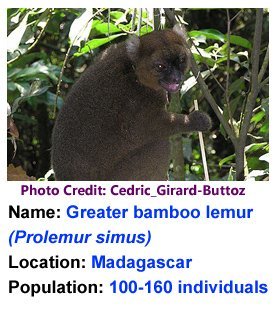
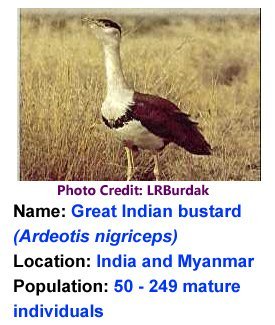

Fires happen both in nature and by the hands of humans, but they aren’t necessarily a bad thing. Sometimes a fire is perfect for getting rid of dead or unhealthy trees and understory, and to promote new plant growth. They can even help with removing invasive species. However, when fires happen too often or are used in an irresponsible way, they can damage the ecosystem. In some cases, the use of fire in clearing land for agriculture can speed up the erosion process and significantly shrink forests.
http://www.nature.org/ourinitiatives/habitats/forests/howwework/maintaining-fires-natural-role.xml
http://www.conservation.org/learn/biodiversity/species/profiles/more_primates/threats/Pages/agriculture.aspx



We have burned fossil fuels, cut down forests and done some serious damage to our atmosphere. Now we are seeing the consequences of our actions. In recent years there have been some big changes to the climate and it is only expected to get more extreme in years to come. Temperatures have been warming in some areas and cooling in others. Water levels are rising in some parts of the world while others are suffering from drought. All of these changes are wreaking havoc on species. About 25% of mammals and 12% of birds may become extinct in the next few decades because the conditions of their habitats have changed and human development is blocking them from moving elsewhere.
http://www.conservation.org/learn/climate/Pages/climate_overview.aspx
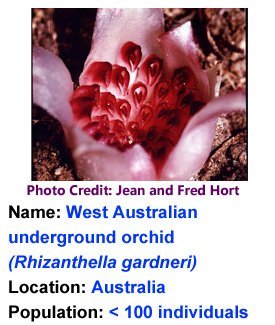
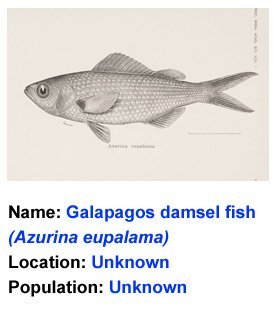

Forests are great! They provide homes for many plants and animals, absorb carbon and give off oxygen, help to clean water and even preserve soils. Forests also provide the wood we use in our everyday life, like furniture and paper. When logging is done in a sustainable way, the environmental damage is minimal. However, up to 30% of the hardwood lumber and plywood traded around the world comes from suspicious sources. Illegal logging is destroying wildlife habitats vital to at risk species, even in protected areas.
http://www.nature.org/ourinitiatives/habitats/forests/howwework/threats-to-forests.xml

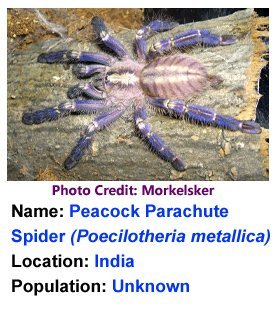
While these threats are serious, there is still hope for endangered species. If we take action to reduce our impact on the environment and properly manage our demand for resources, we can give these species a real chance at a comeback.
To see full list: http://www.zsl.org/conservation/news/the-100-most-threatened-species,997,NS.html
You can help protect animals in need by signing up for a Bring Back the Wild campaign.
Earth Rangers is a non-profit organization that works to inspire and educate children about the environment. At EarthRangers.com kids can play games, discover amazing facts, meet animal ambassadors and fundraise to protect biodiversity.
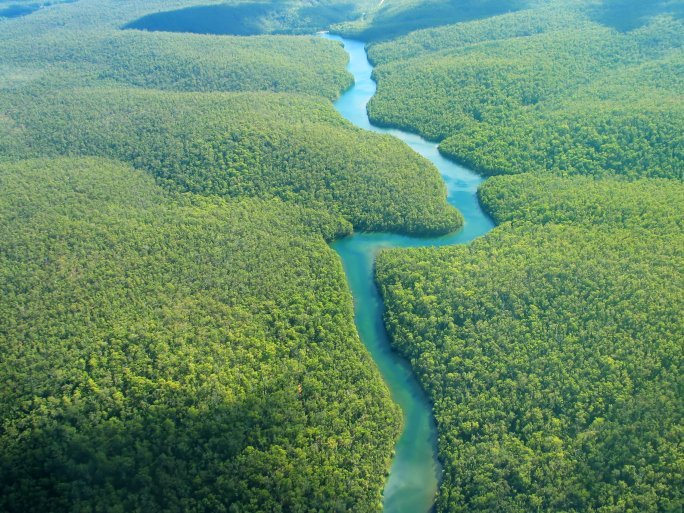



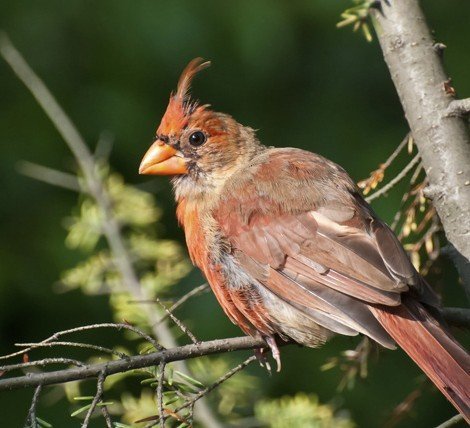
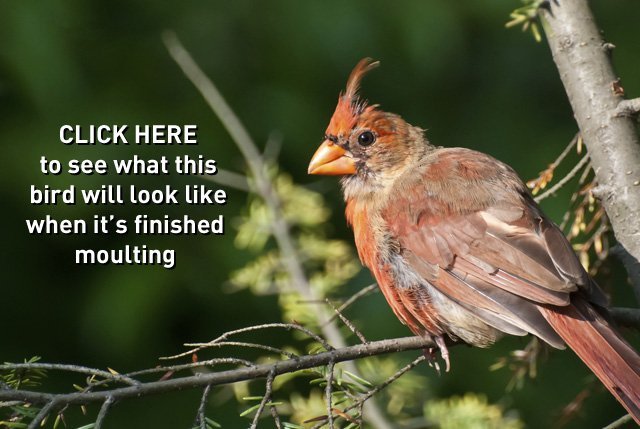
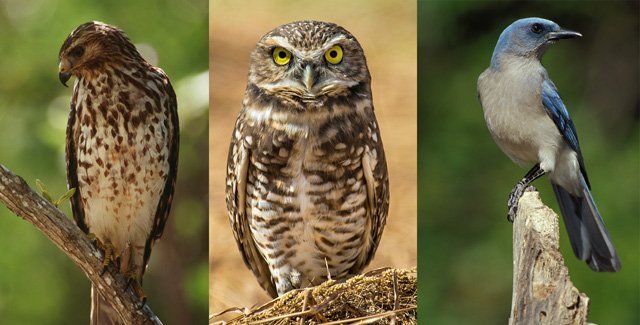
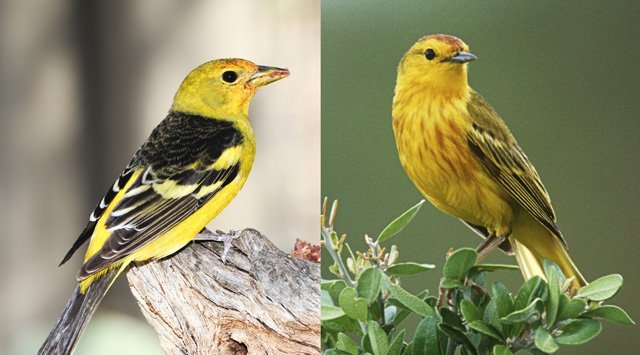
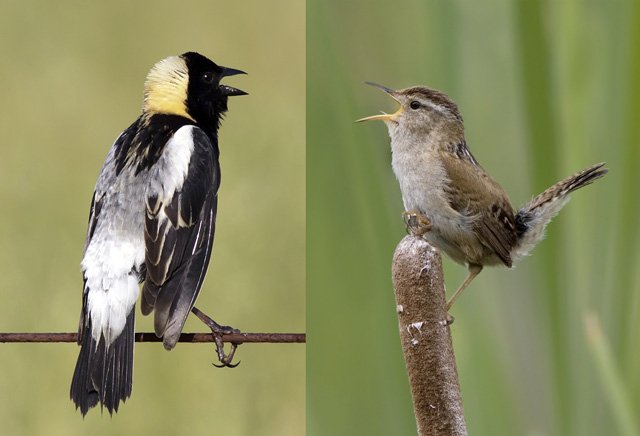
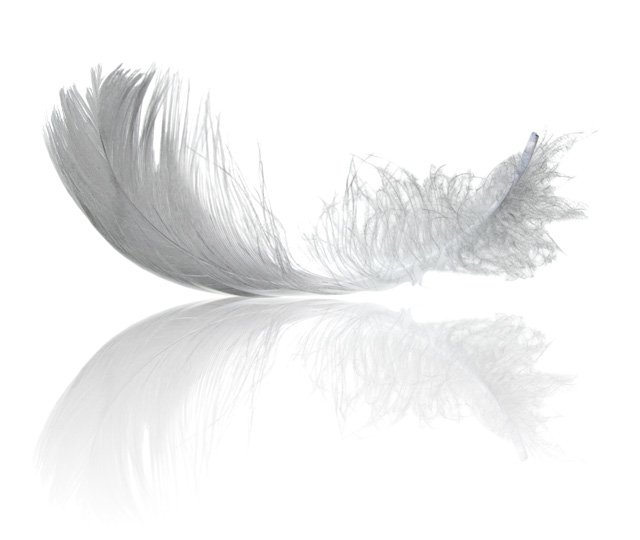 Moulting is a very intense process and can be very taxing on birds. It takes a lot to of energy (and food) to grow new feathers! During this time, the birds will add more protein, calcium and iron to their diet. They also move around less because it is difficult for a bird to fly very much when it is growing new feathers. Even though moulting is tough for birds, growing a new set of feathers is really important. After all, feathers are vital for regulating body temperature, protection and camouflage, attracting a mate and, of course, flying!
Moulting is a very intense process and can be very taxing on birds. It takes a lot to of energy (and food) to grow new feathers! During this time, the birds will add more protein, calcium and iron to their diet. They also move around less because it is difficult for a bird to fly very much when it is growing new feathers. Even though moulting is tough for birds, growing a new set of feathers is really important. After all, feathers are vital for regulating body temperature, protection and camouflage, attracting a mate and, of course, flying!





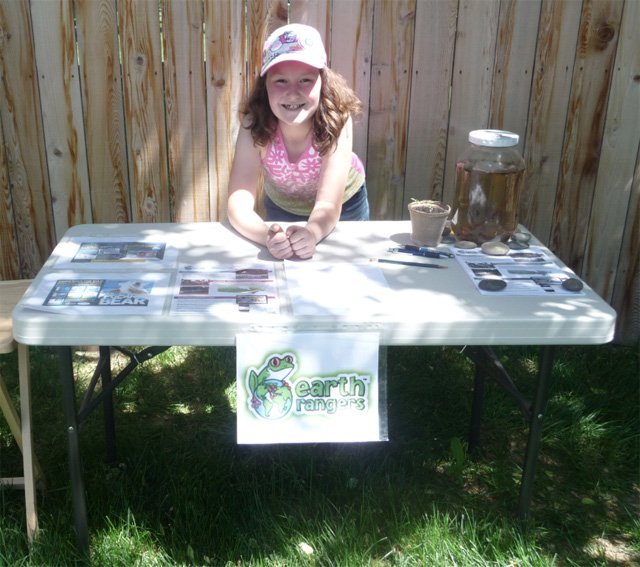

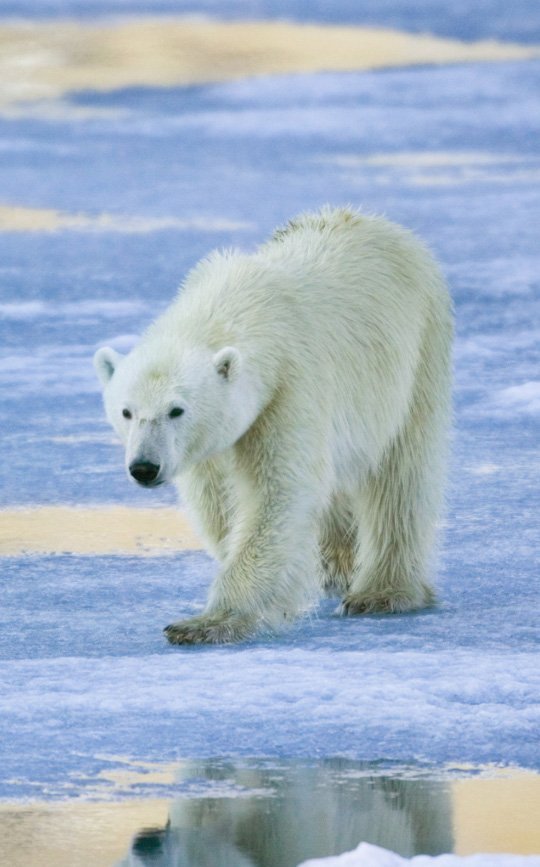

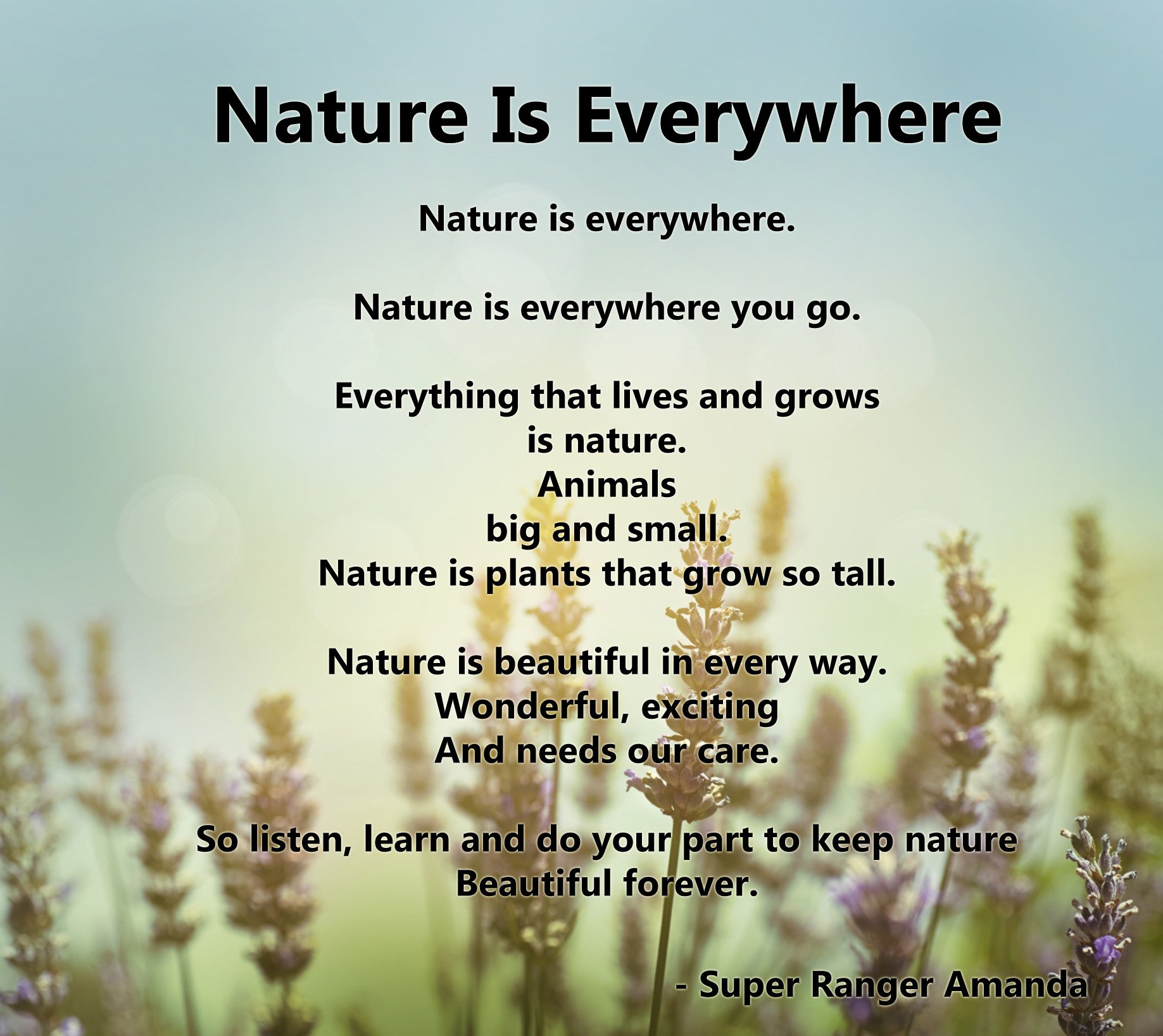



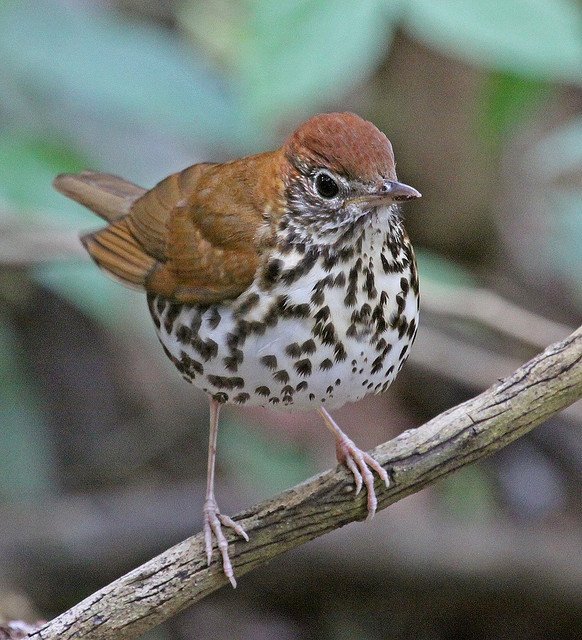
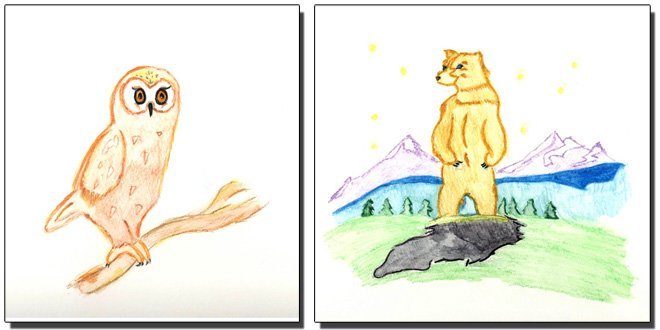
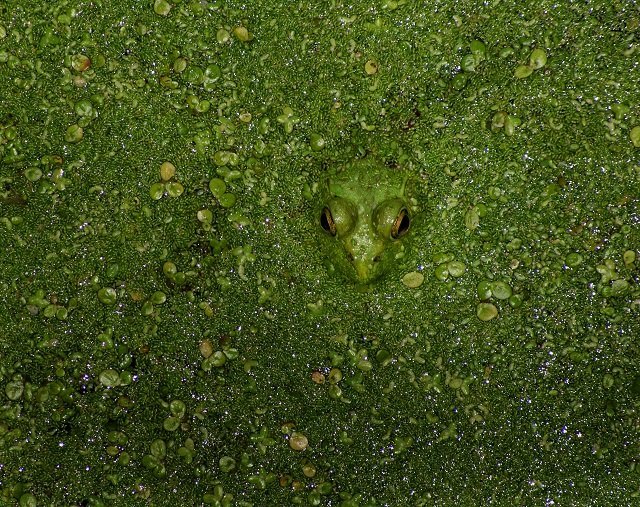
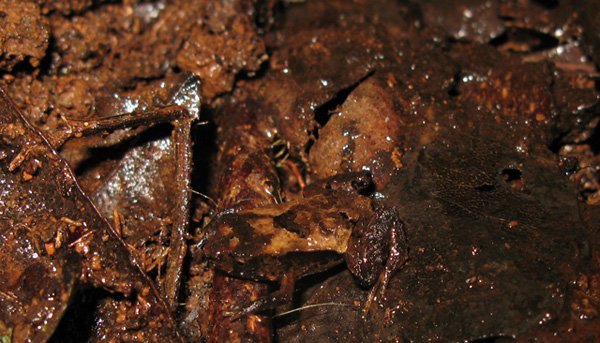
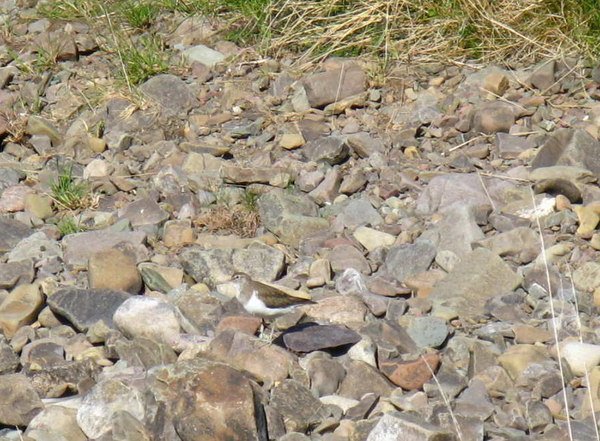
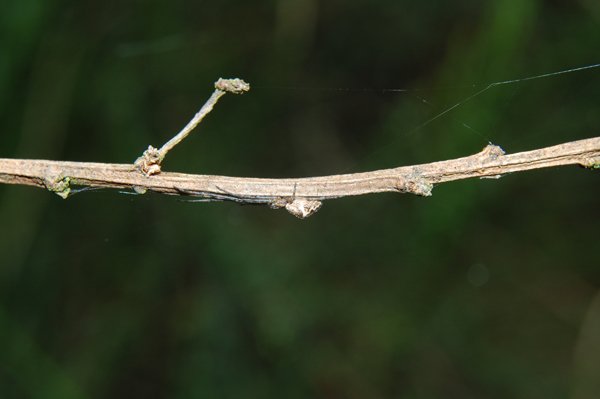
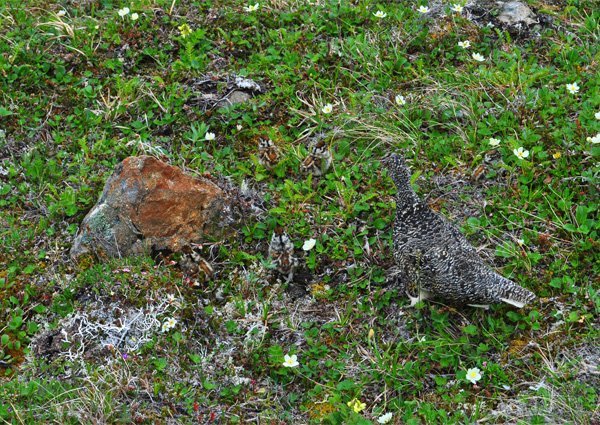
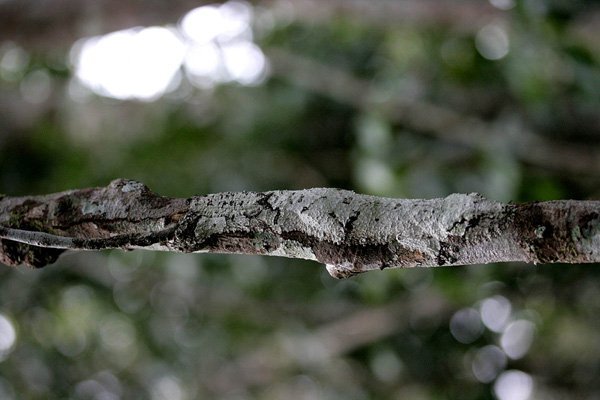

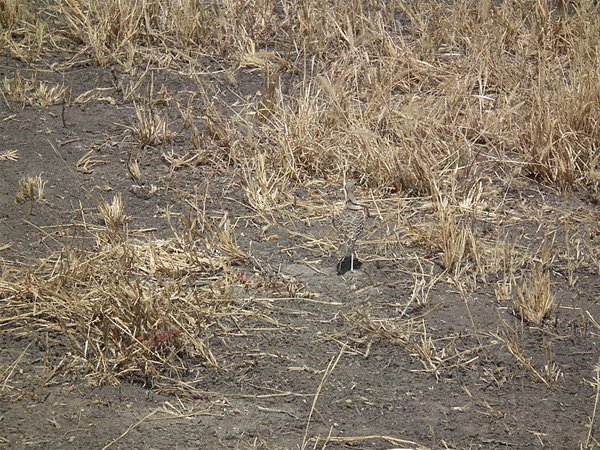
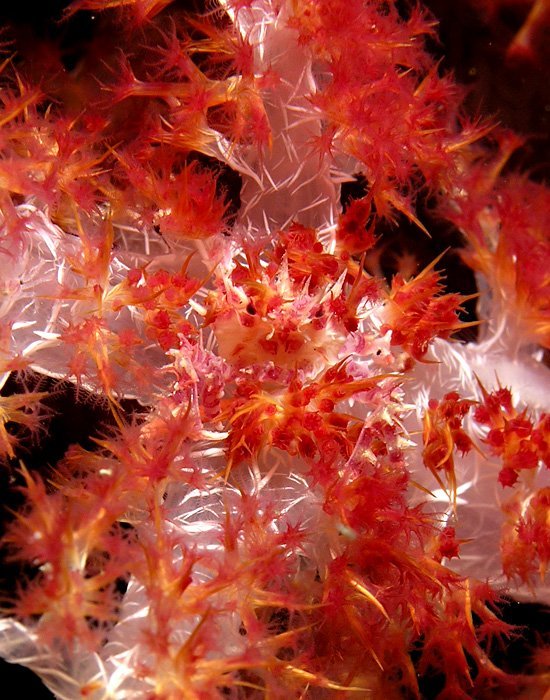
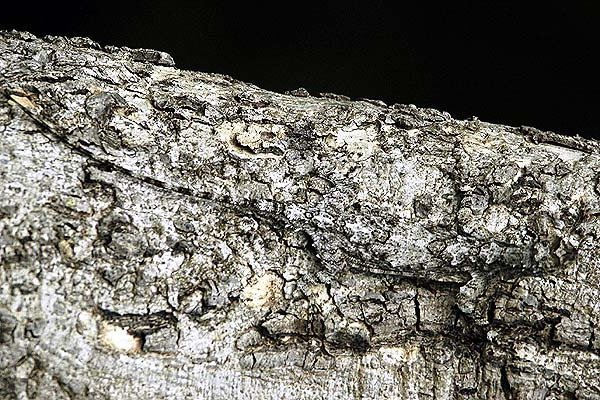
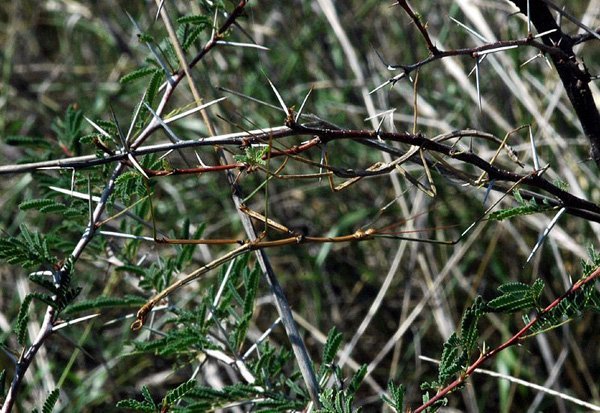
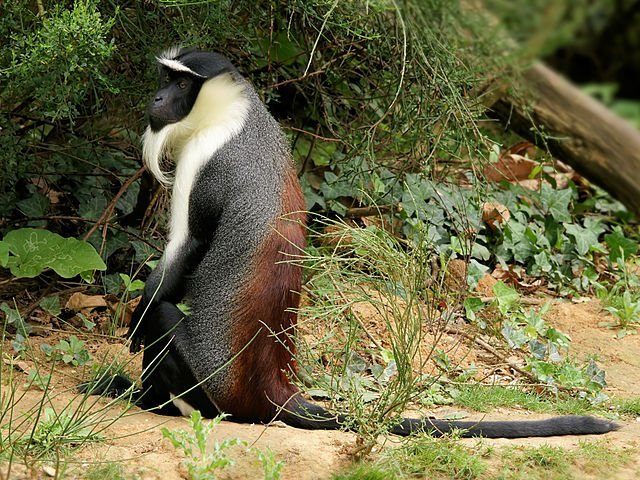






























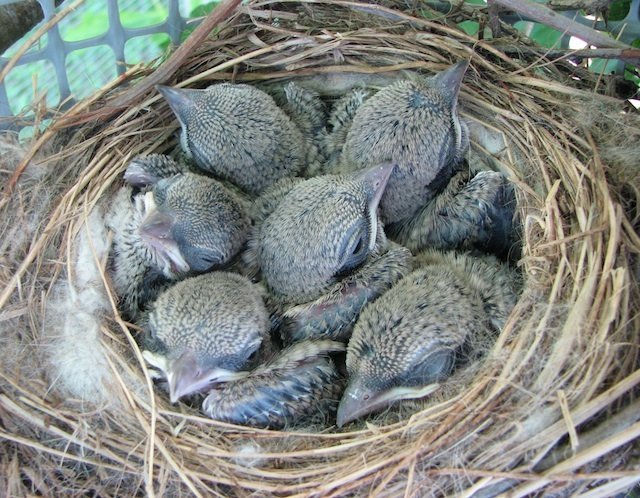
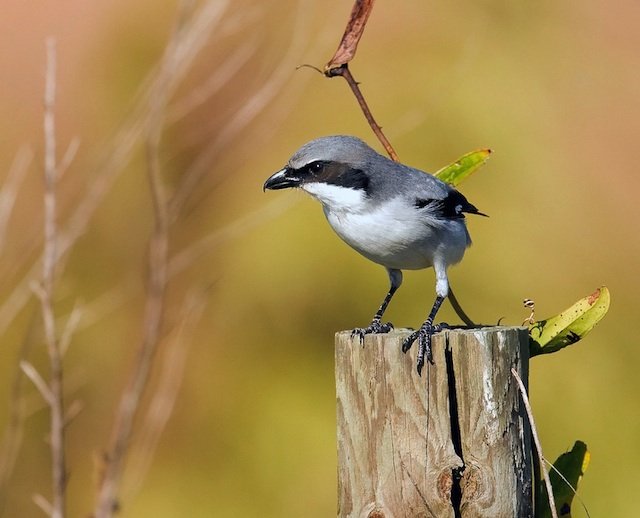
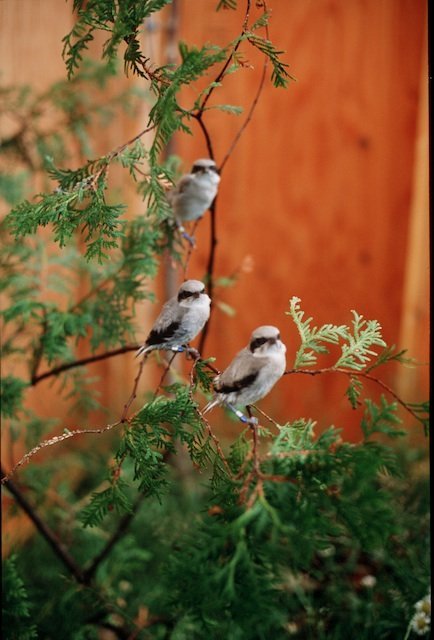
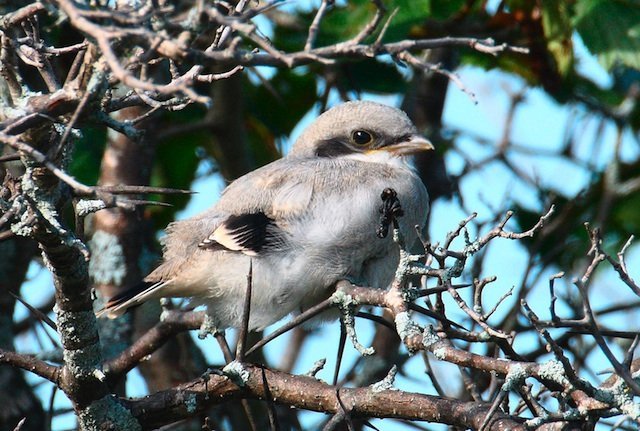

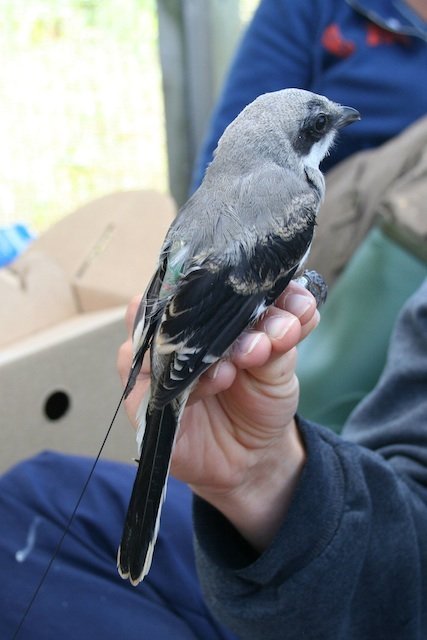
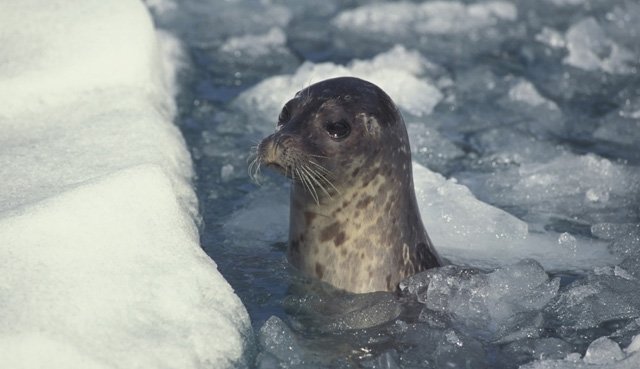
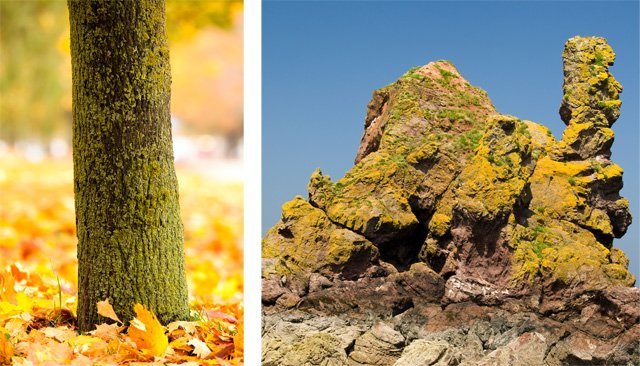
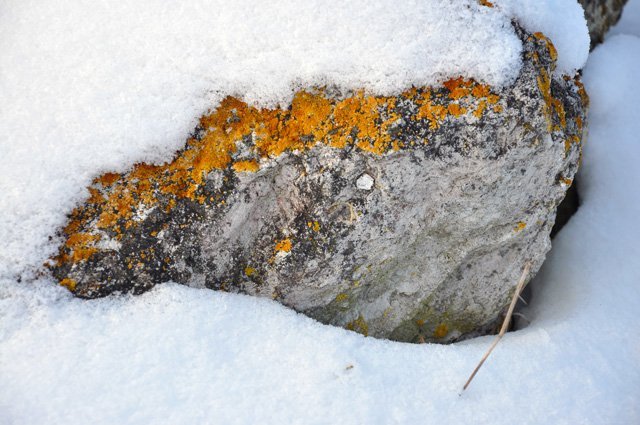
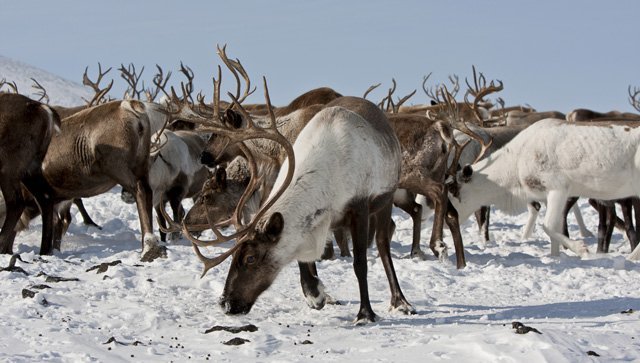
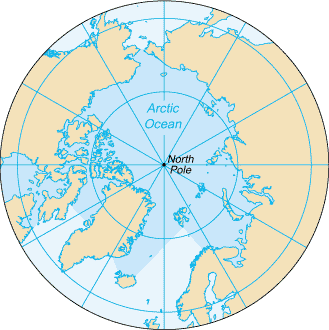 In 1989, sea level pressure in the Arctic dropped sharply. When sea level pressure changes like this, it can cause a change in the flow of air and water. Warmer, more salty water from the North Atlantic Ocean started flowing into the
In 1989, sea level pressure in the Arctic dropped sharply. When sea level pressure changes like this, it can cause a change in the flow of air and water. Warmer, more salty water from the North Atlantic Ocean started flowing into the 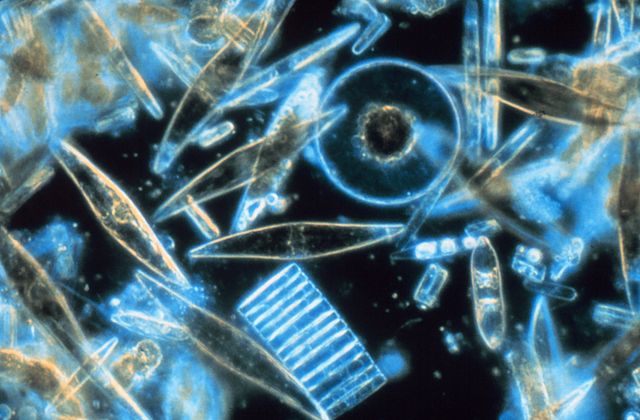






 I created a website called
I created a website called 